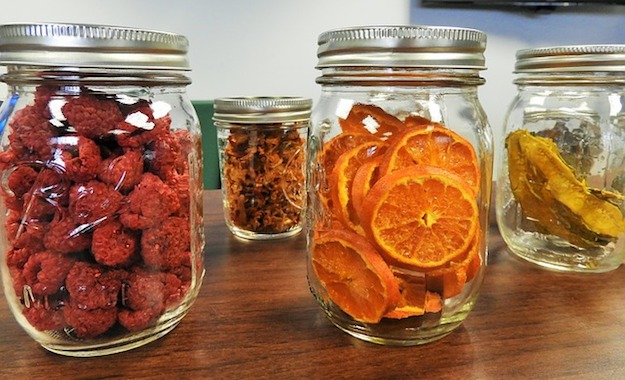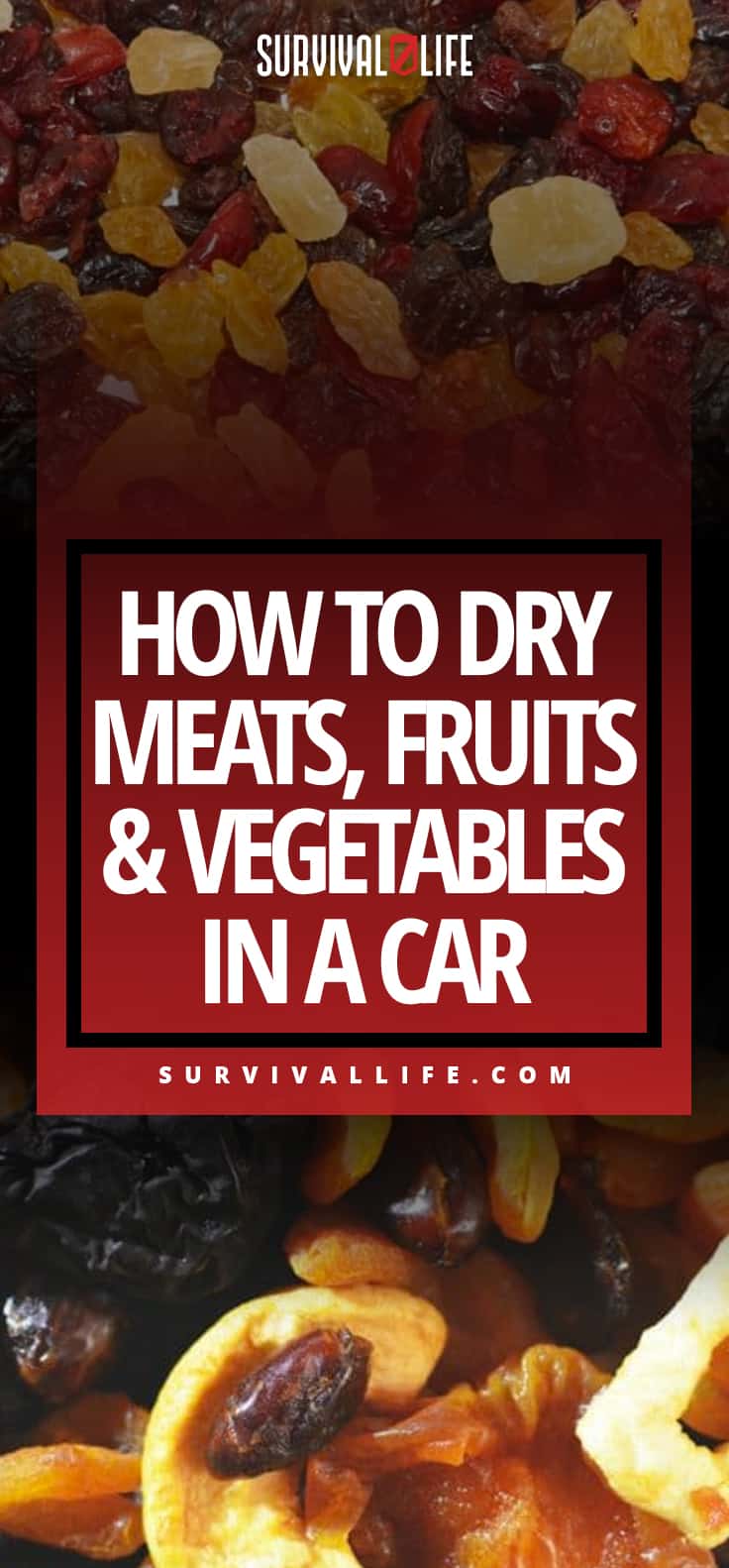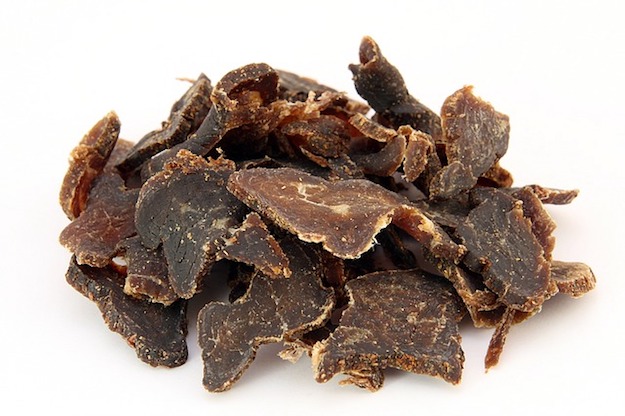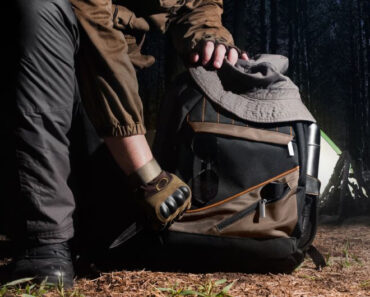Dry meats, fruits, and vegetables in a car can be a simple and effective method of preserving food. Drying is one of the oldest techniques used by man to preserve food.
Native Americans would dry strips of elk, buffalo and rabbit in the sun. Later, the American pioneers dried their meat by draping it on the side of their wagons on their days-long trips.
Today we have access to ovens and dehydrators, which saves time and effort…but it’s still important to know and learn the skills of harnessing the sun’s heat to our advantage, especially when it comes to food.
Unfortunately (but fortunately for other reasons), temperatures reach above 100 degrees only in a few places across the United States, making it tough to use the sun alone to dry meats, fruits and vegetables. Without high temperatures, what’s there to do?
Using A Car As A Dehydrator
Even on a relatively cool day, the temperature of the inside of a car can swell to over 100 degrees. At 70 degrees, after about half an hour, the inside of a car can reach an average of 104 degrees. After an hour, it can go up to 113 degrees.
That’s 40+ degrees of added heat, which is crucial when you’re trying to dry meats, fruits or vegetables outdoors…especially with a limited amount of time. If temperatures outside of the car reach up in the 90’s, the inside can produce some sweltering heat perfect for dehydrating.
All you gotta do is thinly slice your meats, fruits and vegetables and place them in your car…more specifically on the dashboard, where the sun hits directly. After a few hours or days, you should have nicely dehydrated food, ready for storage or consumption! Not only is it easy—it’s cheap, saves energy and money and is a great skill to know.
Dry Meats, Fruits & Vegetables In A Car
Drying Meat In The Car
- Thinly slice your meat and season it with salt, which helps the preservation process.
- Arrange the meat on a few cooling racks and place them across the car’s dashboard. Make sure the front window of the car is in direct sunlight for the majority of the day.
- Close the car doors but open the windows just a tiny bit so that moisture can escape the car.
- Let the meat sit in the car for 5 to 6 hours, flipping it over every couple of hours or so.
- Remove and place in an airtight bag.
Drying Fruits In The Car

- Pick fruits and vegetables that are at peak ripeness. Apricots, plums, strawberries, tomatoes, peaches, berries, pumpkin, corn, celery and greens are just some of the better options. Really though, you can dehydrate pretty much anything.
- Wash and then either quarter or slice the fruits/vegetables into 1/6 inch thick pieces.
- Place the fruits/vegetables in a cardboard box or on a flat baking sheet and put it on the car’s dashboard.
- Let the fruits/vegetables dry for a day or two. How long it takes all depends on the temperature. Check on it every few hours to make sure the fruit doesn’t get cooked.
- When done, store the dried fruits/vegetables in an airtight container and keep them somewhere cool.
Bonus: Drying Herbs In The Car

- Remove the leaves from the stems and toss them all over a baking sheet or piece of cardboard.
- Place the herbs on the car dashboard and let them sit for anywhere between an hour to a couple of days.
- Preferably you want the car temperature to be at 105 degrees or lower so that the herbs don’t lose their nutritional content. Be vigilant and check on the herbs every few hours.
- Once they’re done, remove them and store them in a ziplock bag.

Related Posts:
Follow us on Facebook, Instagram, Twitter, and Pinterest!
Disclaimer: All content on this site is for informational purposes only. Please read our full disclaimer here.




![Surviving In Your Vehicle [PODCAST]](https://survivalcove.com/wp-content/themes/mts_sociallyviral/images/nothumb-sociallyviral-featured.png)
























